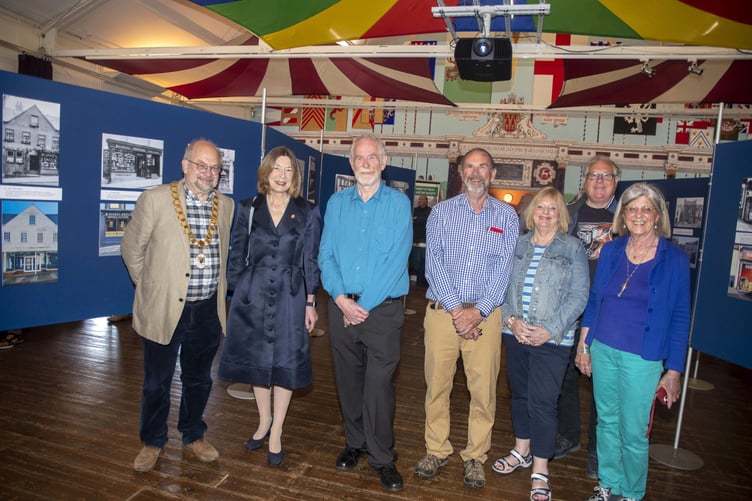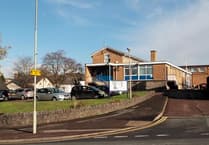LOcal people were invited to take a deep dive into the history of Chepstow.
The Chepstow Society organised a four-day history festival to mark its 75th anniversary.
Events included talks, a showing of two of the spectacular community son-et-lumieres and a history fair which brought together a wide range of local organisations.
There was also a rare chance to see the award-winning film about the Severn made by Mr Melville Watts in the early 1980s which was introduced by his nephew Mr John Thurston.
The first day of the history fair at the Drill Hall was officially opened by the Vice Lord Lieutenant of Gwent, Dame Claire Glancy.
Opening the fair on Saturday (May 20), she praised the work of the volunteers who run the society and other who give their time to benefit others.
She said: “Thanks to all those people who volunteer locally and work tirelessly and selflessly to support the community
“The work you have done for 75 years has helped Chepstow to understand its history and appreciate the achievements of earlier generations. That historical knowledge is so important for future generations
“I want to congratulate and celebrate you who are building on the foundations and taking the society from strength to strength so you continue to educate, inspire and protect Chepstow’s heritage.”
Society chairman Mr Guy Hamilton said the festival had been a success.
He said: “We’ve had hundreds of people turn up and its something we would like to build on in the future.
“People have learnt a lot about the history of the town.
“We’ve been running various events this week to commemorate the 75th anniversary with films and talks, we’ve had re-enactments, an exhibition showcasing changes in Chepstow and we are pleased to be able to showcase the work of other groups.”
Among the many groups showcasing their work at the festival was the Chepstow Archaelogical Society which is investigating Grove House and tower in Piercefield Park.
Among the finds on display was a brick that helped date the building to the late 1700s or early 19th century.
Lynn Feakes from the group explained: “Between 1780 and 1810 there was a tax on bricks so people built using larger bricks.
“Because of the size of the brick we can date it to that period.
“Digs, online and archival research have revealed that the tower may have been a windmill which was then converted into a summerhouse during the ownership of Valentine Morris, and later renovated by the next owner – George Smith, a banker – for his precocious daughter Elizabeth.
“The site was excavated in 1926 by Americans searching for evidence that Sir Francis Bacon was the true author of the works of Shakespeare. “However the tower was comprehensively destroyed sometime after that, perhaps during hand grenade throwing exercises during World War II.”
The group has been also been working with the Severn Area Rescue Association to uncover the remains of a Roman bridge in the River Wye.





Comments
This article has no comments yet. Be the first to leave a comment.